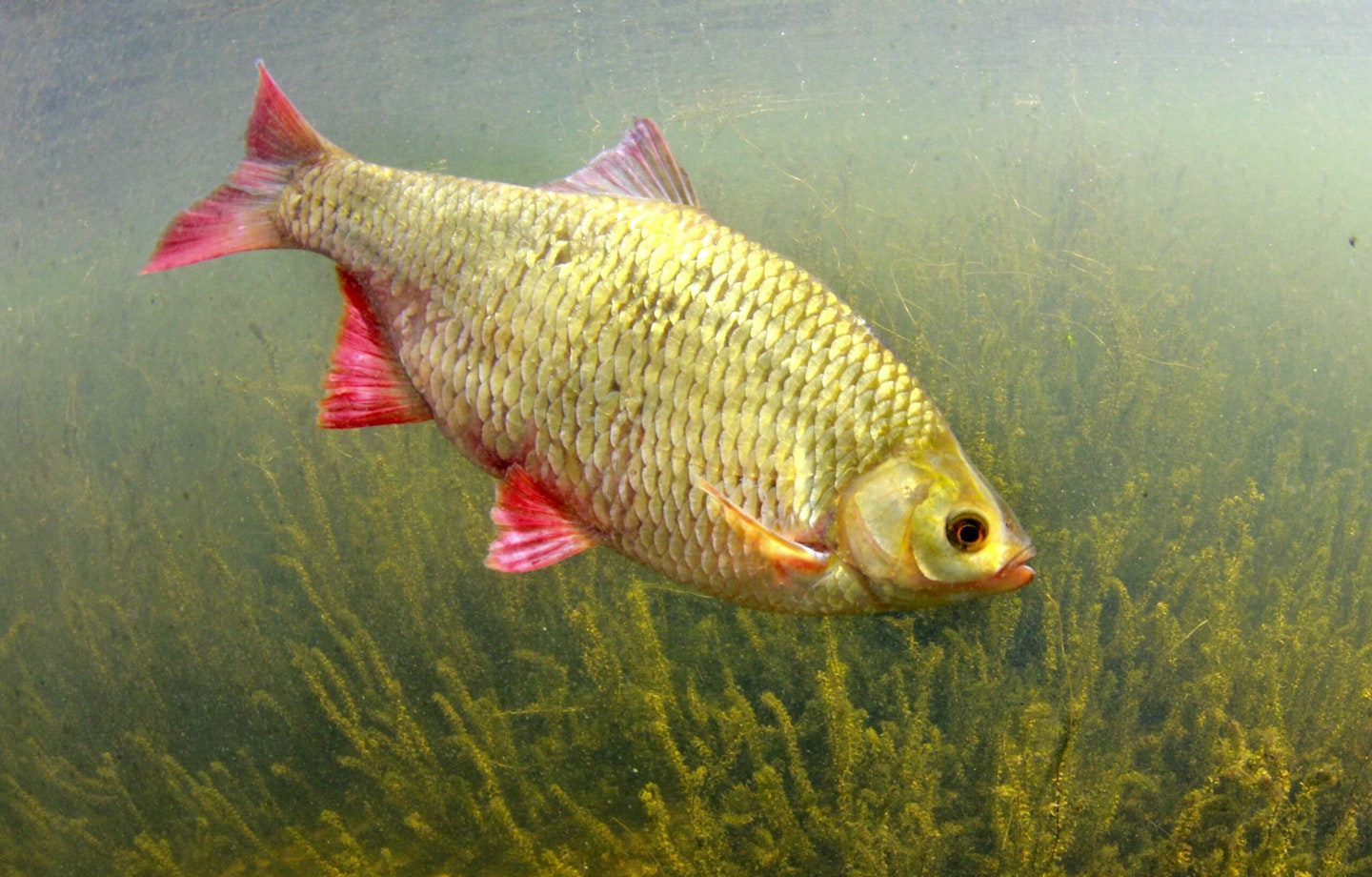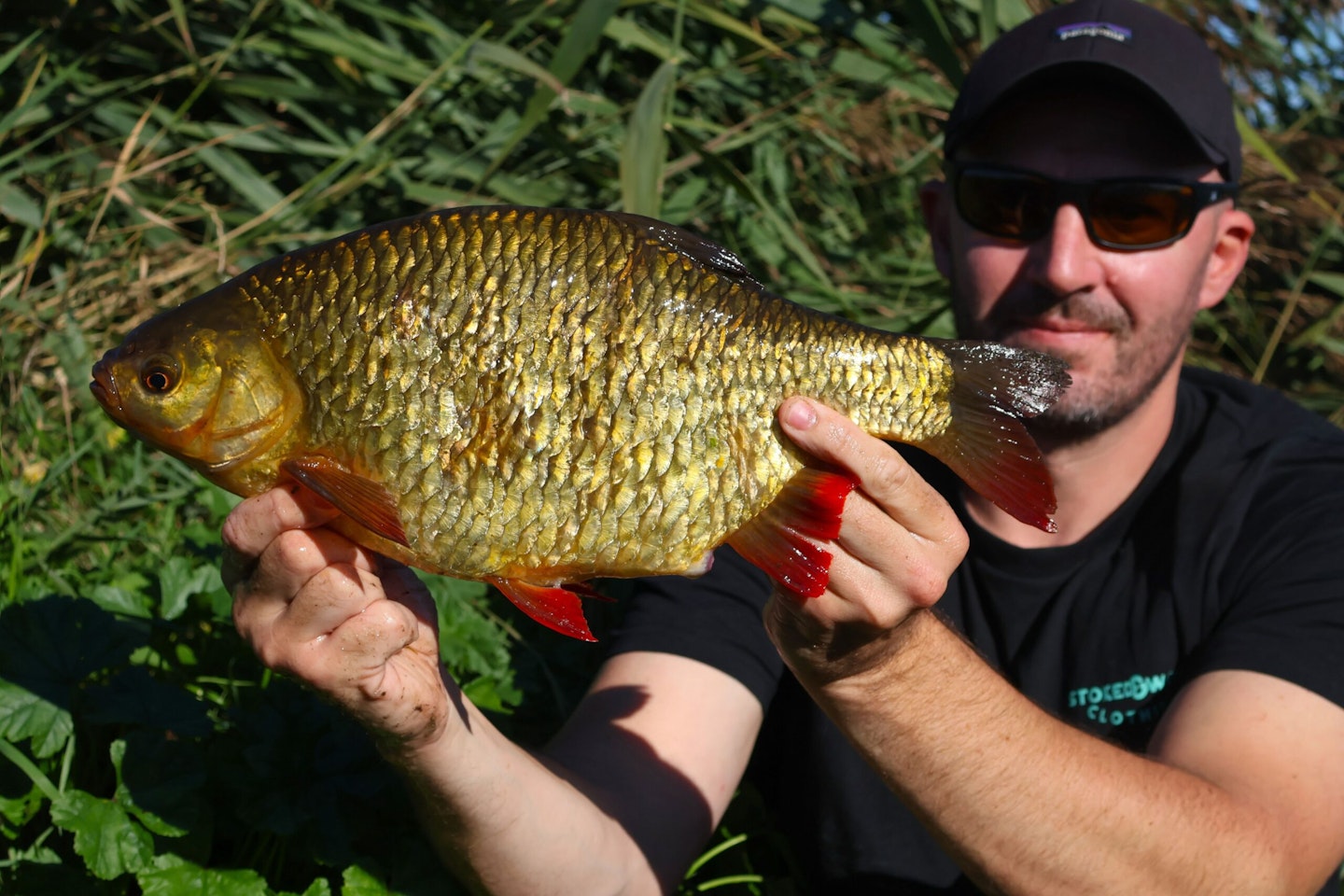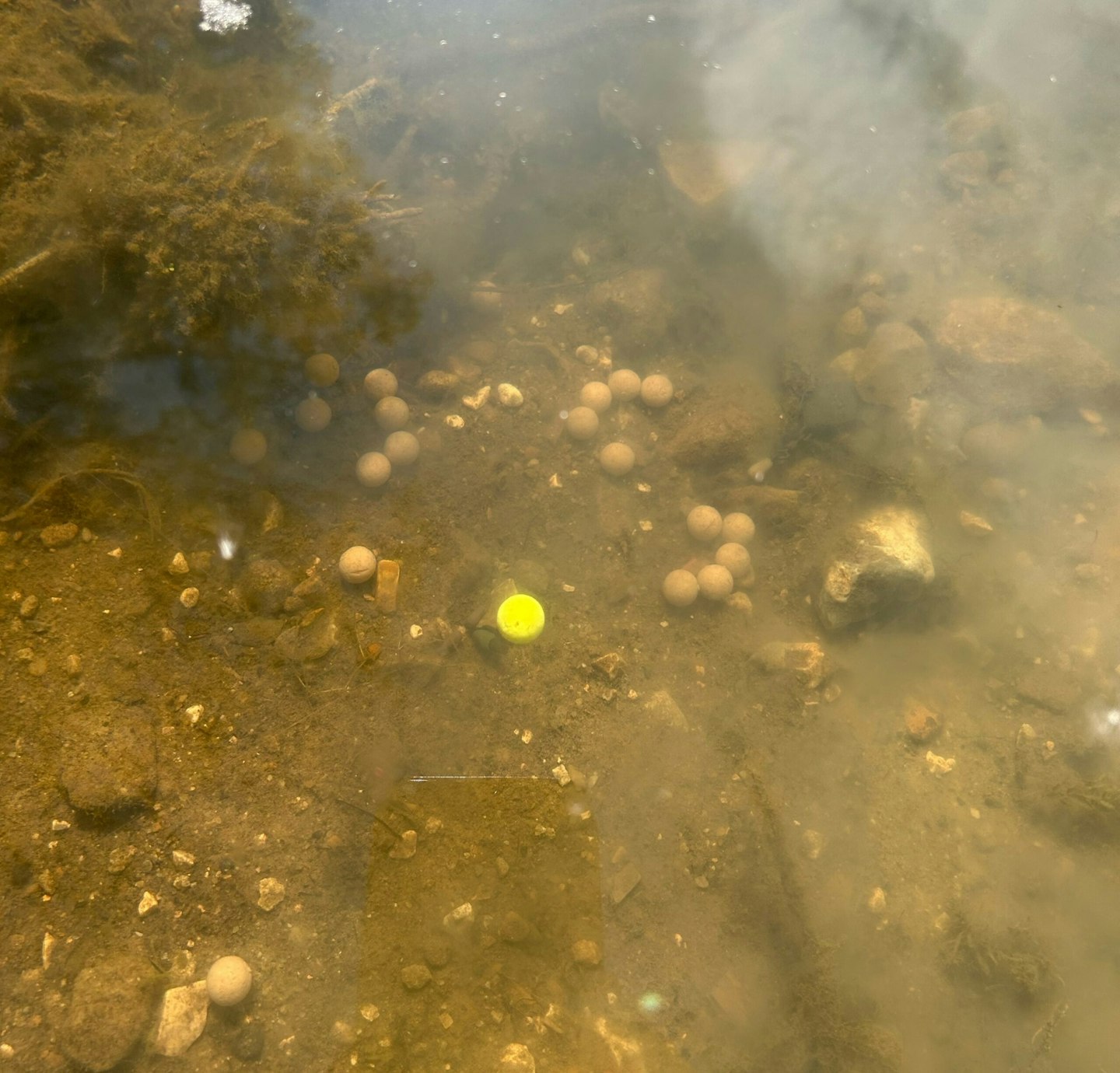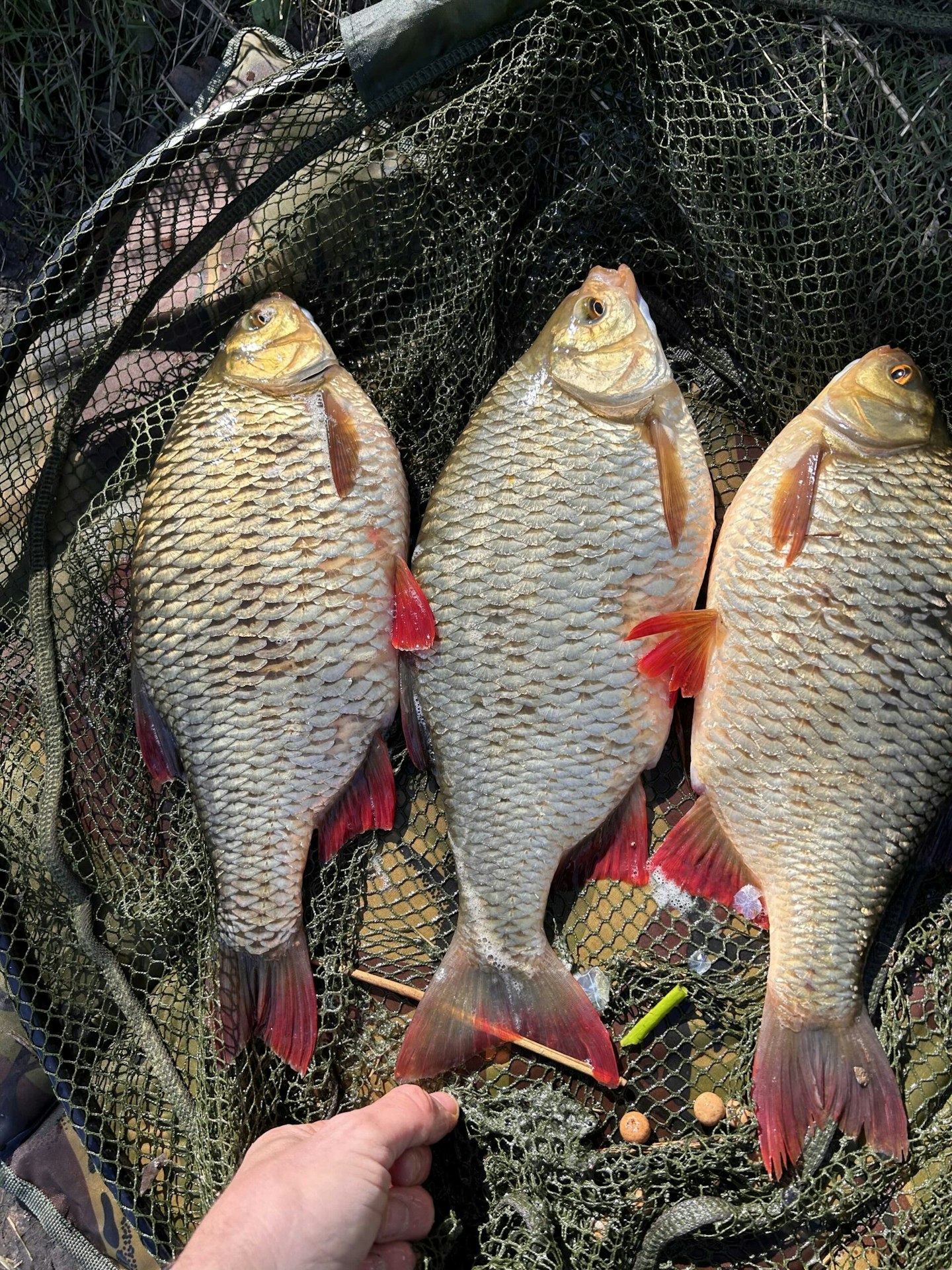Rudd are often an angler’s first fish, as when they are small, they tend to swim in large shoals and can be ravenous, eating almost anything you put in front of them. However, as they grow larger, they become much more difficult to catch, often more wary and easily spooked than other fish.
Big rudd over the 2–3 lb mark are also rare, so simply finding a venue that holds them can be a challenge, let alone catching one. If you're aiming to catch a huge rudd, Specimen Ace Stephen Gibbons has shared his insights on how he approaches fishing for these elusive bars of gold—tips that could help you land one yourself!
Find them!
Rudd love cover, so my first port of call when I'm on a water known to hold big rudd is to look for areas with lily pads, overhanging branches dipping into the water, and weed beds. These waters are often very clear, so rudd naturally gravitate toward anything that offers protection from both predators and anglers.
A PAIR OF THE BEST FISHING SUNGLASSES WILL HELP YOU SPOT RUDD WITH EASE!

Tackle choice
I like to use a rod with a test curve of around 1lb to 1.25lb, paired with an 8lb mainline and while that might seem heavy, I’m often fishing close to thick lily pads or weed beds so need the power to steer them away. Big rudd put up a spirited fight, especially near the net, so having a rod with a softer tip is ideal for absorbing their lunges and helps prevent the fish of a lifetime from slipping the hook at the last moment.
USING ONE OF THE BEST SPECIMEN RODS IS CRUCIAL FOR CATCHING BIG FISH!

Unusual tactics
While you might expect me to fish with a float or feeder, my recent stillwater fishing has been based around fishmeal boilies. I usually use 12mm boilies, such as Nash Scopex Squid. The lakes I fish are full of small fish, so I’ve found that using boilies really helps to single out the better specimens.
I often fish with a straight lead setup, using a 6lb fluorocarbon hooklength and a size 10 wide gape hook. If the lakebed is a bit choddy, I’ll switch to a carp-style chod rig, using either a match-the-hatch bait or sometimes a yellow 12mm pop-up, presented 2–6 inches off the bottom. I feed regular pouchfuls of boilies every 20–30 minutes to keep new fish coming into the area, as rudd can respond well to frequent baiting.
CARP RIGS AREN'T JUST GOOD FOR CARP, FIND OUT HOW TO TIE SOME OF THE BEST HERE....

Top tip
First light and sunset are often the best times for a bite, especially if the water is clear! It is important to ensure you have everything setup and in position to give yourself the best shot when the fish are actually feeding as these windows can be very small! On coloured waters however, feeding can often come sporadically during the day.

